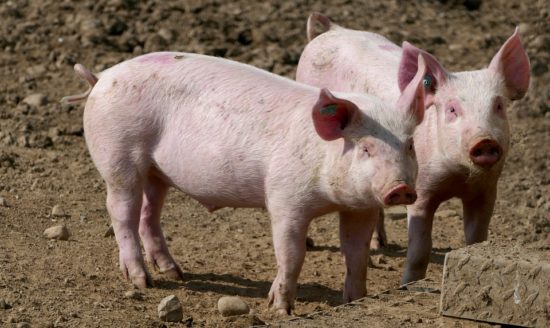Predicting effects of changed antimicrobial usage on the abundance of antimicrobial resistance genes in finisher’gut microbiomes
It is accepted that usage of antimicrobials (AMs) in food animals causes the emergence and spread of antimicrobial resistance (AMR) in this sector, while also contributing to the burden of AMR in humans. Curbing the increasing occurrence of AMR in food animals requires in-depth knowledge of the quantitative relationship between antimicrobial usage (AMU) and AMR to achieve desired resistance reductions from interventions targeting AMU. In the observational study, the relationships between lifetime AMU in 83 finisher batches from Danish farms and the AMR gene abundances of seven antimicrobial classes in their gut microbiomes were quantified using multi-variable linear regression models.
AMR NEWS
Every two weeks in your inbox
Because there should be one newsletter that brings together all One Health news related to antimicrobial resistance: AMR NEWS!





